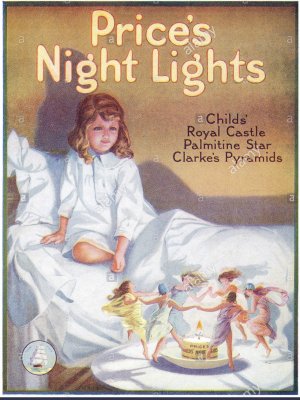Cottingley: why the village is in thrall to a fairies tale
David Barnett
17 July 2017 • 6:27am
One hundred years after the photographs were taken, why is one community still transfixed by the hoax? By David Barnett
At the bottom of Luke Horsman’s garden, there are fairies. Or at least, there were, a century ago, when two young girls unwittingly created a modern fable that brought together two worlds; the relatively new one of photography and the ages-old sphere of spirituality and folklore, entrancing as redoubtable a figure as Sherlock Holmes creator Arthur Conan Doyle.
Mr Horsman, 35, lives in Main Street, a narrow road of terraced houses, in the village of Cottingley in West Yorkshire. He’s an illustrator and is working on a graphic novel called, with perhaps a nod to the idyllic outlook from his end-of-terrace house, Edengate. But he had no idea when he and Ruth purchased the property in November 2015 that he was buying a slice of the history of the famous Cottingley Fairies.
“It wasn’t mentioned to us at all,” says Mr Horsman, leading me to the kitchen, which overlooks the garden behind the house. “It was only when we moved in and one of the neighbours said to us, ‘Ah, you’re the ones who’ve bought the fairy house’ that we had any inkling. I had no idea what they were talking about at first.”
etc...
http://www.telegraph.co.uk/photography/what-to-see/cottingley-village-thrall-fairies-tale/





